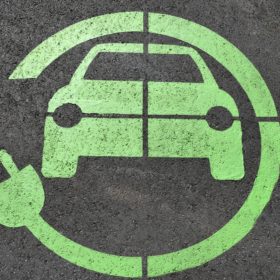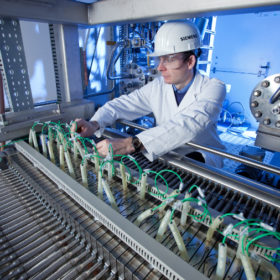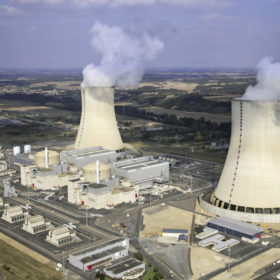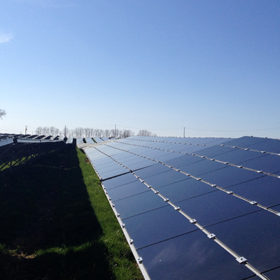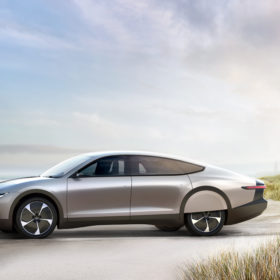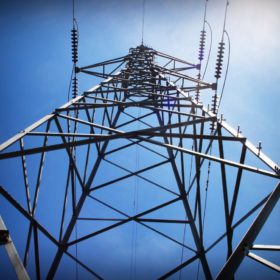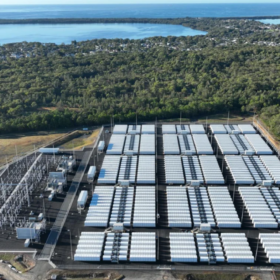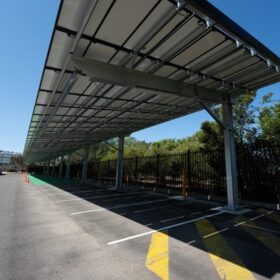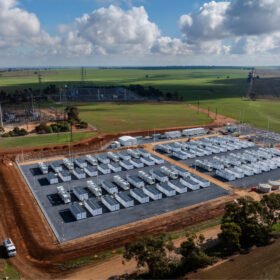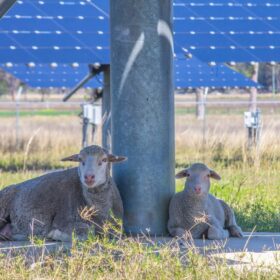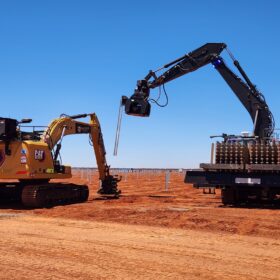A new spectroscopic method to understand the physical principles of organic PV
A German research team claims to have created a new visualization technique it says can enable detailed mapping of the energetic landscapes of organic PV cells on a nano scale. The technique could lead to organic cells with reduced power losses.
Asian battery manufacturers eye European riches on offer
A report produced by an AI and automation market research company says an anticipated boom in the European storage market – driven by a desire to reduce carbon emissions – will attract producers as demand outside China tails away.
A close look at nature could lead to cheaper hydrogen
Scientists at the Australia National University have observed a key stage in the process of photosynthesis which could be copied to greatly increase the efficiency of sunlight-powered water splitting processes used to produce hydrogen.
Portuguese auction attracts world record bid of €14.8/MWh for solar
The stunning low tariff is a third world record in five weeks. Solar prices continue to tumble and with a Saudi auction concluding tomorrow, the Iberian benchmark could be short-lived. The official result of the Portuguese tender will be announced August 10.
Nuclear: A poor investment strategy for clean energy
Study claims that investment in a new 1GW nuclear power plant leads to average losses of approximately 4.8 billion euros. It further argues that the technology’s dangerous radioactivity emissions and proliferation risks do not qualify it as a ‘clean’ energy solution to be considered for addressing climate change. Yet still, governments are incorporating the technology into clean energy plans around the world.
Virtual power plant maximizes performance of renewables assets during periods of energy oversupply
Using a VPP to regulate thousands of data points according to price signals can enable generation asset owners to take care of their systems within seconds and with very high granularity.
High-end Lightyear One developers build on Solar Challenge success
Not quite to infinity, but certainly to long-range, and beyond. Former Dutch competitor in Australia’s World Solar Challenge, Lightyear has launched the world’s first long-range solar EV prototype, a potential solution to the perennial EV problem of range anxiety.
GreenSync to deliver digital marketplace for DER in UK
The Melbourne-based energy tech company will deploy its digital platform to connect and coordinate 500 MW of distributed energy resources across the network area of UK Power Networks.
U.K. government announces 2050 carbon neutrality ambition
Leaving with a last hurrah, Brexit casualty prime minister Theresa May has announced a statutory instrument to amend the Climate Change Act of 2008. The law currently prescribes an emissions cut of 80% by 2050, from a 1990 baseline. The new law will aim for net zero emissions by 2050, making the U.K. the first G7 nation to pass such legislation.
Protectionist measures working as Chinese export destinations shift
While the world’s biggest solar manufacturers are confident there are plenty of alternative markets for a rising volume of panel exports, the message spelled out by first-quarter shipment figures is that protectionism works.

